Climbing plants bring magic to your landscaping. They stretch upward, drape over trellises, and soften hard walls with greenery and blooms.
Whether your space is a small patio or a wide garden, these vertical growers transform plain corners into lush, inviting retreats. They also attract butterflies and bees while giving privacy and natural texture to your outdoor design.
For the best results, install your trellis or support structure before planting so roots can grow freely.
Choose from the stunning climbing varieties below to match your garden’s light and soil conditions, and watch your vertical garden come alive with color and life.
#1. Sweet Potato Vine
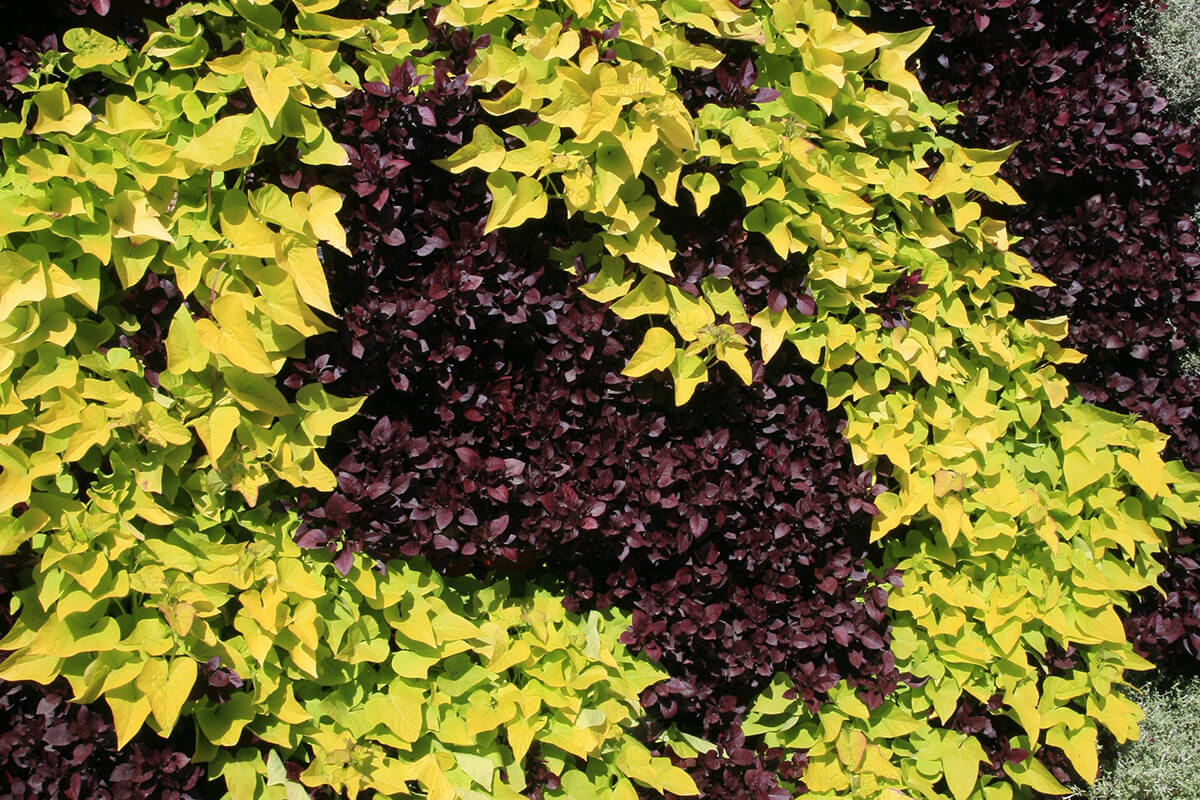 Source: LiveWall
Source: LiveWall
Sweet Potato Vine brings bold, heart-shaped leaves in bright green or deep purple shades. It loves full sunlight and thrives in warm, humid weather. Plant it in rich, well-draining soil and keep the soil evenly moist.
You can grow it along fences, over railings, or cascading from containers. Trim the vines to maintain shape and encourage fuller growth. Its lush texture instantly adds a tropical feel to your garden.
#2. Dwarf Soapwort
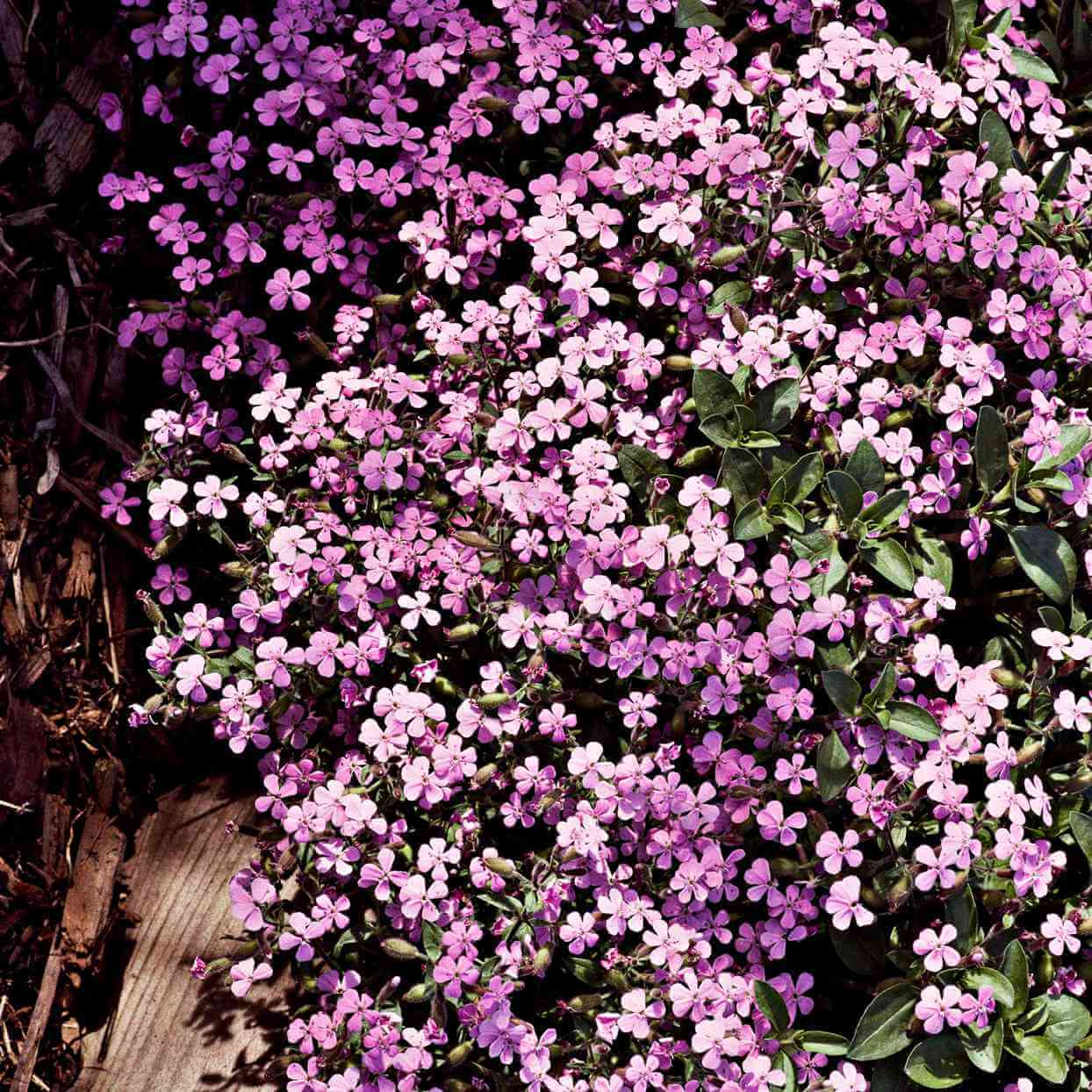 Source: Better Homes & Gardens
Source: Better Homes & Gardens
Dwarf Soapwort is a cheerful, ground-hugging climber covered with soft pink blooms. It prefers sunny spots but tolerates light shade in hotter regions. Plant it in sandy, well-drained soil for best performance.
Water moderately and allow the soil to dry slightly between waterings. This easy perennial is great for rock walls or garden borders. Its flowers attract bees and butterflies throughout the summer.
#3. Prostrate Rosemary
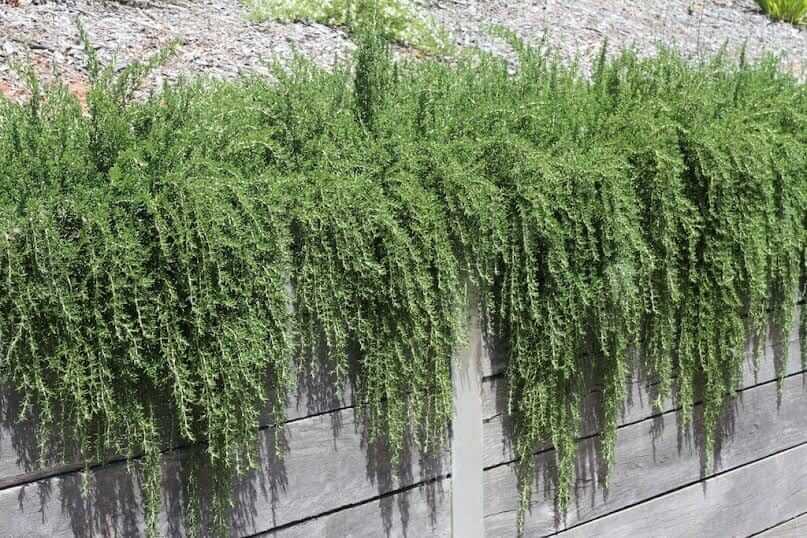 Source: Hello Hello Plants and Garden Supplies
Source: Hello Hello Plants and Garden Supplies
Prostrate Rosemary gives your garden a Mediterranean touch with its fragrant evergreen foliage and blue blossoms. It thrives in full sun and dry, rocky soil. Plant it along walls where it can cascade beautifully.
Water only when the topsoil dries out and avoid soggy conditions. The aromatic leaves are perfect for cooking, too. It’s hardy, low-maintenance, and elegant year-round.
#4. Carolina Jessamine
 Source: Lowe’s
Source: Lowe’s
Carolina Jessamine brightens the landscape with golden trumpet-shaped flowers in early spring. It flourishes in full sun or partial shade and prefers fertile, well-drained soil. Water regularly during dry spells to maintain lush foliage.
Train the vines to climb arbors or fences for a radiant display. Its sweet fragrance attracts hummingbirds and pollinators. Once established, it’s an easy-care favorite in southern gardens.
#5. Golden Hop
 Source: Plant & Flower Stock Photography: GardenPhotos.com
Source: Plant & Flower Stock Photography: GardenPhotos.com
Golden Hop offers lively yellow-green foliage that glows under sunlight. This fast-growing climber can cover trellises and fences quickly, giving a fresh look all season long.
Plant it in full sun for vibrant color; shaded areas make the leaves turn pale green. Provide moist, well-drained soil and prune back after flowering to control its growth. It’s perfect for brightening dull garden walls.
#6. Honeysuckle
 Source: Spring Hill Nurseries
Source: Spring Hill Nurseries
Honeysuckle fills the air with a sweet, nostalgic fragrance that draws in bees and hummingbirds. It thrives best in full sun and well-drained soil. Plant near fences or pergolas where it can climb freely.
Water during dry weather and prune after flowering to keep it tidy. Its colorful blooms add charm to any corner. This timeless plant brings both beauty and scent to your landscape.
#7. Miniature Climbing Rose
 Source: Architectural Digest
Source: Architectural Digest
Miniature Climbing Roses deliver clusters of delicate blooms without taking up too much space. They need plenty of sunlight and rich, well-drained soil. Feed them regularly during the growing season to boost flowering.
Train them along fences or trellises for a romantic touch. Water deeply once or twice a week. Their small size and prolific flowers make them a gem for compact gardens.
#8. Moon Vine
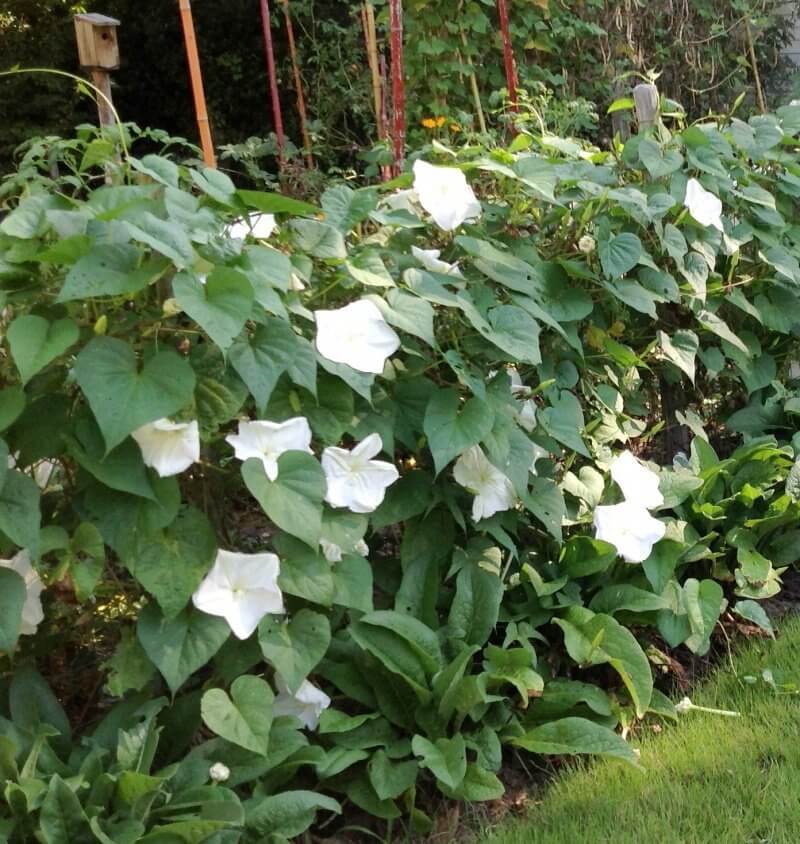 Source: Triangle Gardener Magazine
Source: Triangle Gardener Magazine
Moon Vine opens large, white, fragrant flowers that glow at dusk. It loves full sun and loose, well-draining soil. Mix in compost at planting time to enrich poor soil. Water regularly until established, then reduce watering slightly.
These night bloomers add an enchanting atmosphere to patios and garden arches. The scent and luminous blooms make evening strolls unforgettable.
#9. Clematis
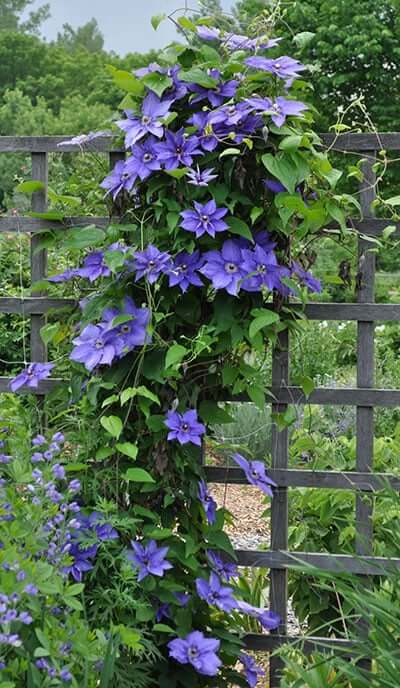 Source: Gardener’s Supply
Source: Gardener’s Supply
Clematis is a classic favorite with its star-shaped blossoms in vivid shades of purple, pink, or white. It grows best in full sun with moist, well-drained soil. Keep the roots cool by adding mulch at the base.
Provide a sturdy trellis or wire for support. Water consistently, especially in dry months. Its elegance and color variety make it perfect for garden walls or pergolas.
#10. Trumpet Vine
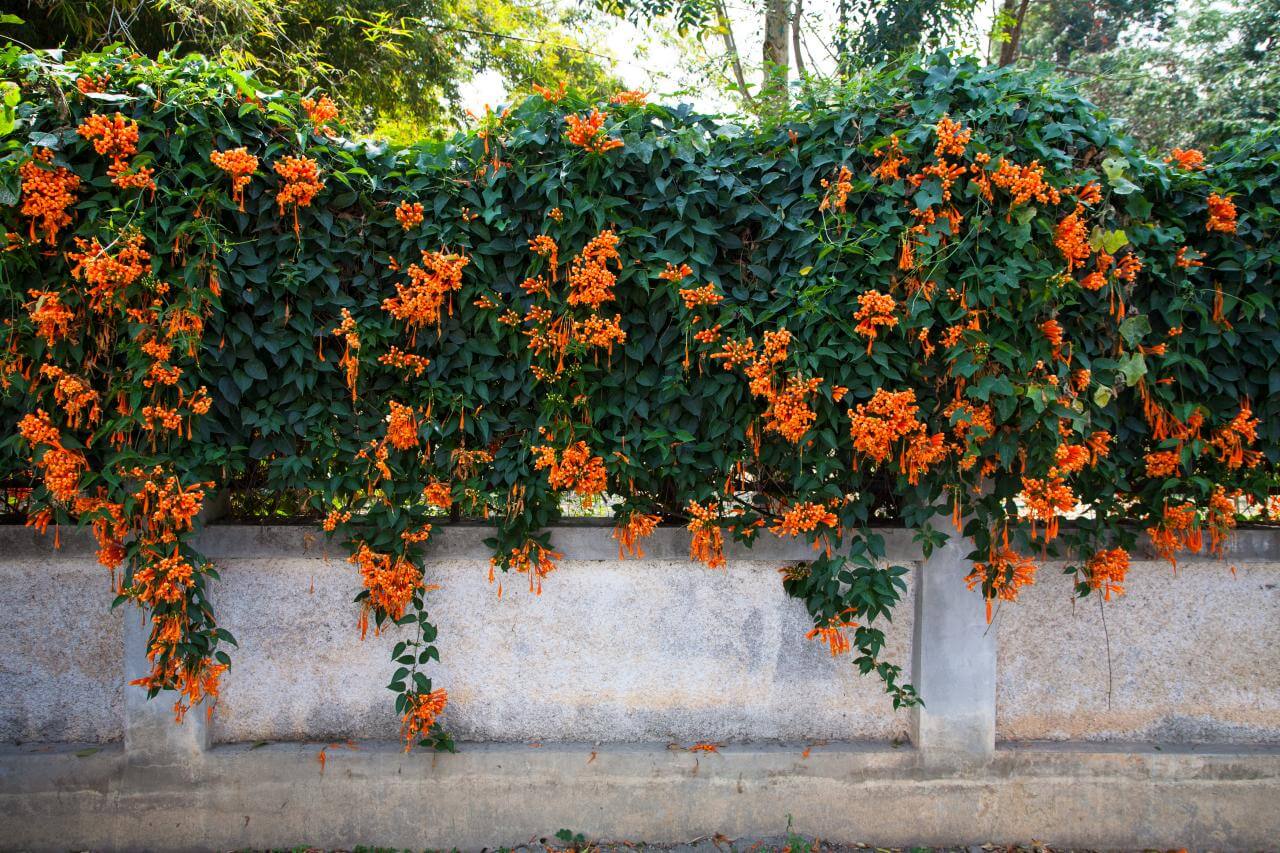 Source: HGTV
Source: HGTV
Trumpet Vine bursts with clusters of orange-red blooms that attract hummingbirds all summer long. It grows rapidly in full sun and tolerates most soil types.
Water deeply during dry periods to encourage flowering. Trim back aggressively in winter to prevent overgrowth. Once established, it’s nearly indestructible. This bold vine brings vibrant energy and wildlife to your yard.
#11. Bougainvillea
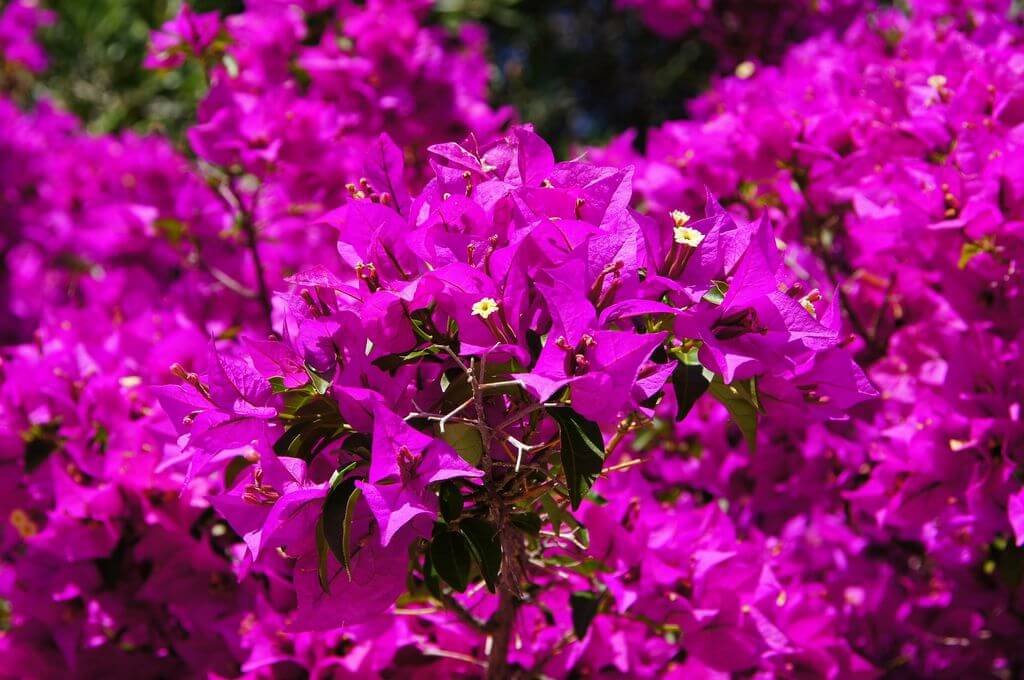 Source: Dear Plants
Source: Dear Plants
Bougainvillea dazzles with its vivid bracts in shades of pink, red, and orange. It demands full sun for at least six hours daily to bloom heavily. Plant in well-drained soil and water sparingly once established.
Prune lightly to shape and encourage fresh growth. Perfect for arbors or sunny walls, it turns any outdoor space into a tropical paradise. Its showy colors are hard to resist.
#12. Passion Flower
 Source: The Sunday Gardener
Source: The Sunday Gardener
Passion Flower is an exotic climber with intricate, almost alien-looking blooms. It thrives in warm, sunny areas with fertile, well-drained soil. Provide a trellis for support and prune after flowering to control its size.
Water regularly during the growing season and protect from frost in winter. Its fragrance and striking appearance make it a stunning focal point. Butterflies adore it, too.
#13. ‘Paul’s Himalayan Musk’ Rose
 Source: David Austin Roses
Source: David Austin Roses
Paul’s Himalayan Musk Rose is prized for its cascading clusters of pink, fragrant flowers. It flourishes in full sun and moderately fertile soil. Water regularly in dry weather and prune after blooming to maintain shape.
Its vigorous growth makes it ideal for large fences or pergolas. The intoxicating scent can fill your entire garden. It’s a romantic choice for vintage-style landscapes.
#14. Dipladenia
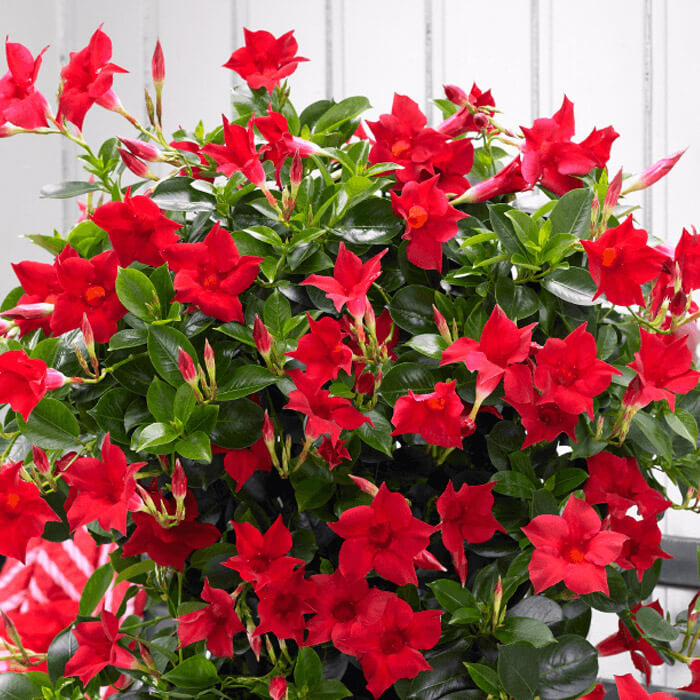 Source: VerdeGo Landscape
Source: VerdeGo Landscape
Dipladenia is a tropical gem that produces trumpet-shaped red or pink flowers all season. It loves bright sunlight and moist, well-drained soil. Water consistently, but avoid letting it sit in water.
In cooler climates, grow it as an annual or move pots indoors during winter. Feed monthly to encourage more blooms. Its glossy leaves and vibrant color make it irresistible.
#15. Japanese Wisteria
 Source: Better Homes & Gardens
Source: Better Homes & Gardens
Japanese Wisteria enchants with cascading clusters of lavender-blue flowers in spring. It prefers full sun and moist, well-draining soil.
Prune after flowering to keep it under control and promote next year’s blooms. Train it over arbors or pergolas for a dramatic effect. Water deeply once a week. Its graceful blooms create a magical, fragrant canopy.
#16. ‘Albertine’ Rose
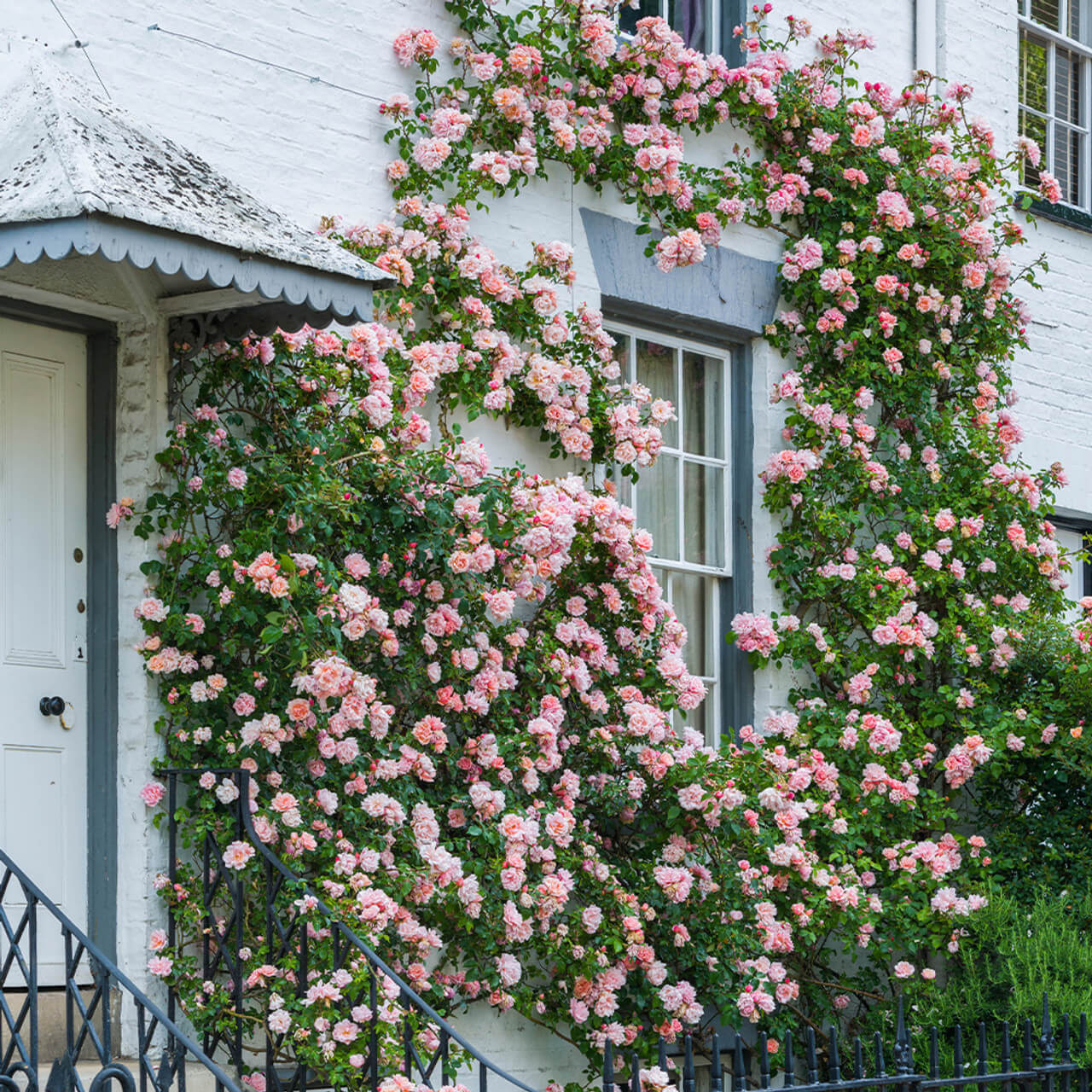 Source: J. Parker’s
Source: J. Parker’s
Albertine Rose is known for its blush-pink, highly fragrant blossoms. Plant it in sunny locations with moist, well-drained soil. Feed with compost in spring and mulch yearly to retain moisture.
Water during dry periods and prune after flowering. The lush blooms appear in clusters, making it perfect for fences and arches. Its classic charm brings old-fashioned beauty to any garden.
#17. Arabian Jasmine
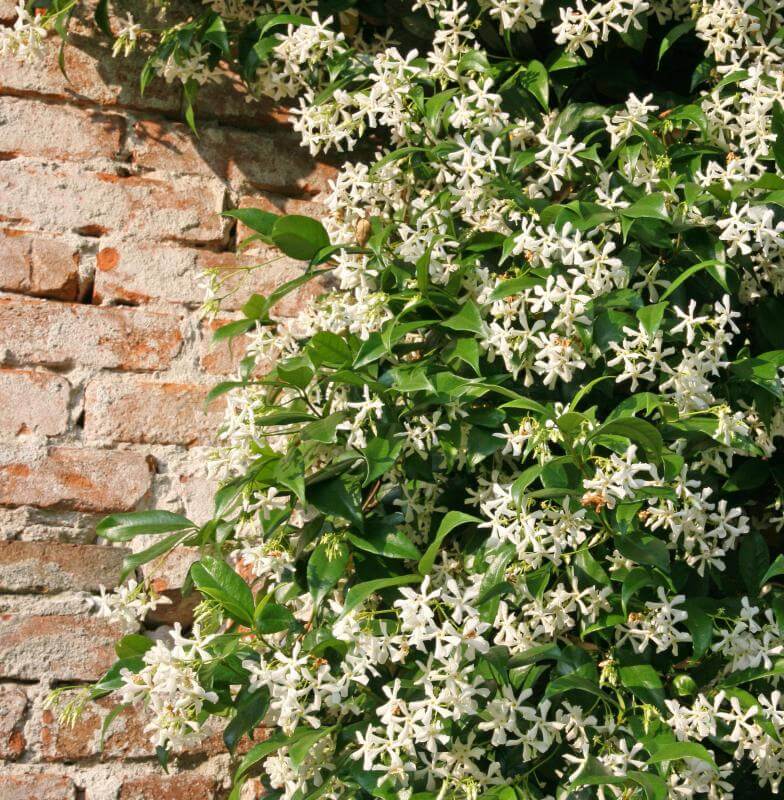 Source: HomeQuestionsAnswered
Source: HomeQuestionsAnswered
Arabian Jasmine is adored for its intoxicating scent and glossy green leaves. It thrives in full to partial sunlight, requiring 6–8 hours daily. Plant it in rich, well-draining soil and keep it consistently moist.
Prune lightly to shape and remove old growth. Grow it in containers or let it climb near windows for its evening fragrance. It’s a plant that soothes both sight and senses.
#18. Variegated Kiwi Vine
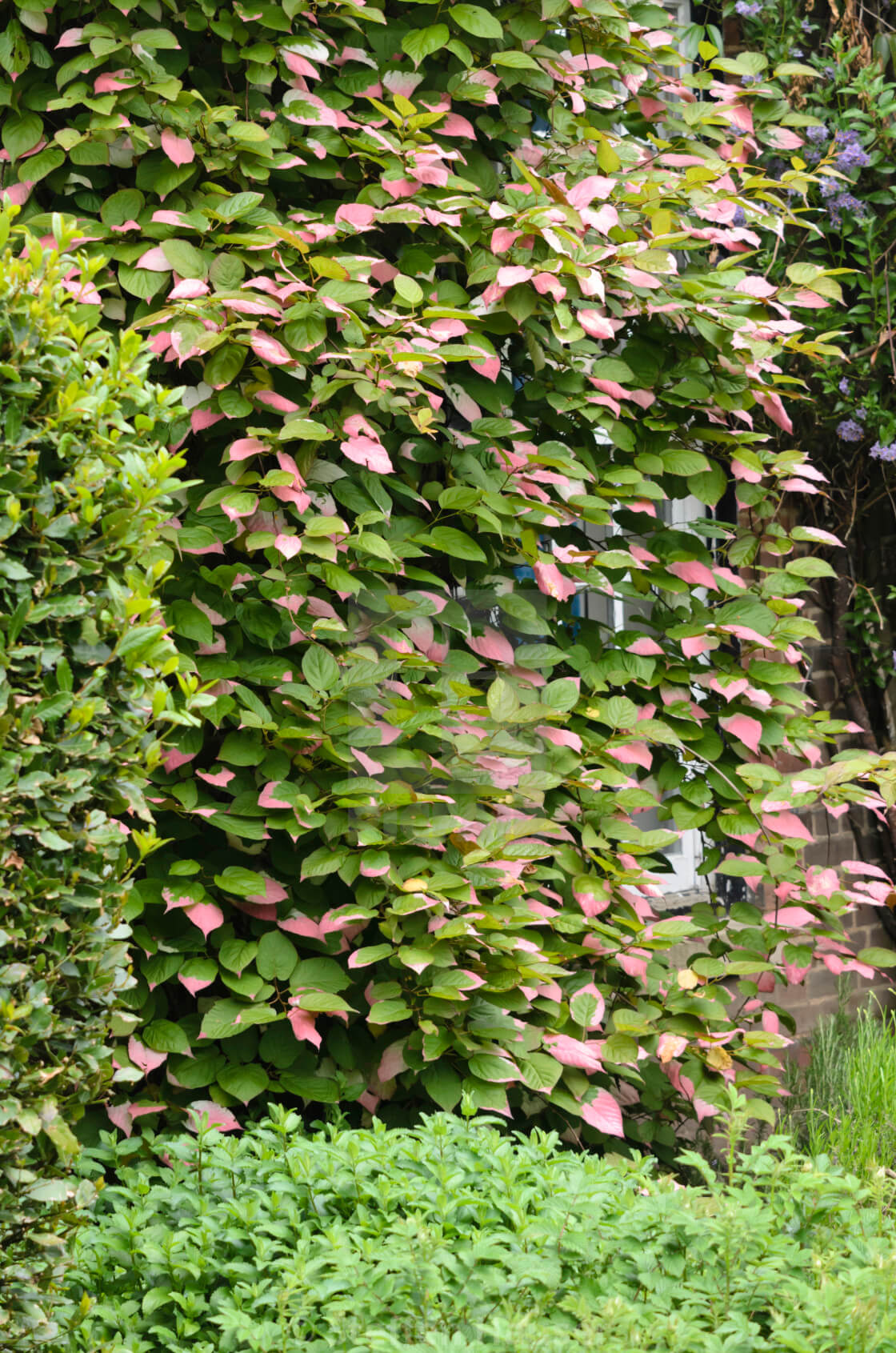 Source: Picfair
Source: Picfair
Variegated Kiwi Vine stands out with pink, white, and green splashed leaves that brighten any trellis. It prefers rich, moist, well-drained soil and full sun to partial shade.
In cooler areas, full sun helps its color shine. Water evenly and provide sturdy support for climbing. Prune after flowering to maintain neatness. Its unique foliage makes it both ornamental and functional.
#19. Chocolate Vines
 Source: Picfair
Source: Picfair
Chocolate Vine, also called Akebia, produces fragrant, purplish flowers that give off a sweet, cocoa-like scent. It tolerates shade better than most climbers and thrives in loamy, well-drained soil.
Water moderately and mulch to retain moisture. It’s a fast grower that quickly covers trellises or fences. Train the vines early for better shape. Its scent and deep color add a mysterious charm to shaded gardens.
